-
 bitcoin
bitcoin $122288.232522 USD
0.16% -
 ethereum
ethereum $4480.662914 USD
-0.22% -
 xrp
xrp $2.962747 USD
-2.32% -
 tether
tether $1.000120 USD
-0.05% -
 bnb
bnb $1145.654223 USD
-2.07% -
 solana
solana $227.105217 USD
-1.67% -
 usd-coin
usd-coin $0.999548 USD
-0.02% -
 dogecoin
dogecoin $0.250875 USD
-2.04% -
 tron
tron $0.340654 USD
-0.49% -
 cardano
cardano $0.837968 USD
-2.52% -
 hyperliquid
hyperliquid $48.960449 USD
0.06% -
 chainlink
chainlink $22.049280 USD
-1.33% -
 ethena-usde
ethena-usde $1.000404 USD
0.02% -
 sui
sui $3.586212 USD
0.20% -
 avalanche
avalanche $29.894916 USD
-4.18%
What does Bitfinex contract mean
Bitfinex contracts empower traders with high leverage options, allowing for amplified potential profits but also carrying increased risk for cautious handling.
Nov 07, 2024 at 03:45 am
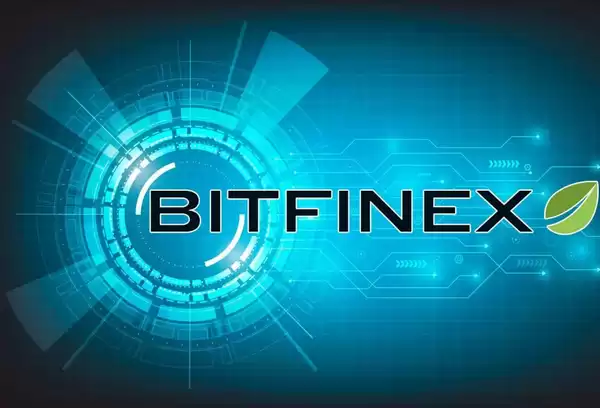
Bitfinex contracts are specialized financial instruments that enable traders to speculate on the future price of various assets. They are similar to traditional futures contracts, but they offer unique features and advantages that cater specifically to the cryptocurrency market. Understanding the concept and mechanics of Bitfinex contracts is essential for traders seeking to navigate the complex world of crypto derivatives.
Types of Bitfinex ContractsBitfinex offers perpetual contracts, which are futures contracts that do not have an expiration date. This allows traders to maintain their positions indefinitely, making them suitable for long-term trading strategies. Bitfinex also offers options contracts, which grant traders the right (but not the obligation) to buy or sell an underlying asset at a specified price and within a defined time frame.
Key Features of Bitfinex Contracts- Leverage: Bitfinex contracts offer high leverage options, allowing traders to control a large notional value with a relatively small amount of capital. Leverage can significantly amplify potential profits, but it also carries increased risk. Traders should exercise caution when using leveraged trading.
- Funding Rate: Perpetual contracts on Bitfinex are subject to a funding rate, which is a mechanism to ensure price alignment between the perpetual contract and the underlying spot market. The funding rate is typically paid every eight hours and can be either positive or negative. A positive funding rate implies that long positions are paying short positions, while a negative funding rate indicates the reverse.
- Maker and Taker Fees: Bitfinex charges taker fees for orders that are immediately executed and maker fees for orders that add liquidity to the order book. Maker fees are typically lower than taker fees, incentivizing traders to provide liquidity and contribute to the overall efficiency of the market.
- Profitability: Bitfinex contracts offer opportunities for traders to generate profits by speculating on the future price of assets. The high leverage and low trading fees enhance the potential profitability.
- Hedging and Risk Management: Contracts can be used as a hedging tool to manage risk exposure in the volatile cryptocurrency market. By taking opposing positions in the spot market and the contract market, traders can reduce the impact of adverse price movements.
- 24/7 Trading: Bitfinex contracts are available for trading 24 hours a day, seven days a week, providing traders with flexibility and convenience.
- Contract Value: The contract value represents the total value of the underlying asset being traded. This value is determined by the current spot price and the multiplier or contract size.
- Opening a Position: To open a position in a Bitfinex contract, traders need to specify the type of contract (perpetual or option), the underlying asset, the position side (long or short), the leverage, and the order type.
- Margin and Liquidation: Bitfinex contracts require traders to maintain sufficient margin to cover potential losses. If the account balance falls below a certain threshold, the position may be liquidated to prevent further losses.
- Closing a Position: Traders can close their positions by placing an offsetting order of the same size and opposite side. Closing a position realizes any profits or losses from the trade.
Bitfinex contracts are a valuable tool for traders in the cryptocurrency market, providing opportunities for speculation, hedging, and risk management. Understanding the key features, benefits, and mechanics of these contracts is essential for successful trading. Traders should approach the use of contracts with caution and should familiarize themselves with the risks involved before engaging in these complex financial instruments.
Disclaimer:info@kdj.com
The information provided is not trading advice. kdj.com does not assume any responsibility for any investments made based on the information provided in this article. Cryptocurrencies are highly volatile and it is highly recommended that you invest with caution after thorough research!
If you believe that the content used on this website infringes your copyright, please contact us immediately (info@kdj.com) and we will delete it promptly.
- BlockDAG, DOGE, HYPE Sponsorship: Crypto Trends Shaping 2025
- 2025-10-01 00:25:13
- Deutsche Börse and Circle: A StableCoin Adoption Powerhouse in Europe
- 2025-10-01 00:25:13
- BlockDAG's Presale Buzz: Is It the Crypto to Watch in October 2025?
- 2025-10-01 00:30:13
- Bitcoin, Crypto, and IQ: When Genius Meets Digital Gold?
- 2025-10-01 00:30:13
- Stablecoins, American Innovation, and Wallet Tokens: The Next Frontier
- 2025-10-01 00:35:12
- NBU, Coins, and Crypto in Ukraine: A New Yorker's Take
- 2025-10-01 00:45:14
Related knowledge
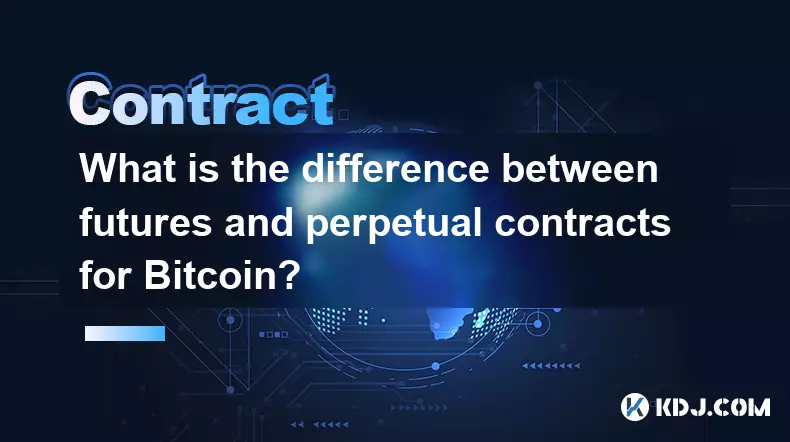
What is the difference between futures and perpetual contracts for Bitcoin?
Oct 02,2025 at 11:54pm
Understanding Bitcoin Futures Contracts1. Bitcoin futures are derivative instruments that allow traders to speculate on the future price of Bitcoin at...
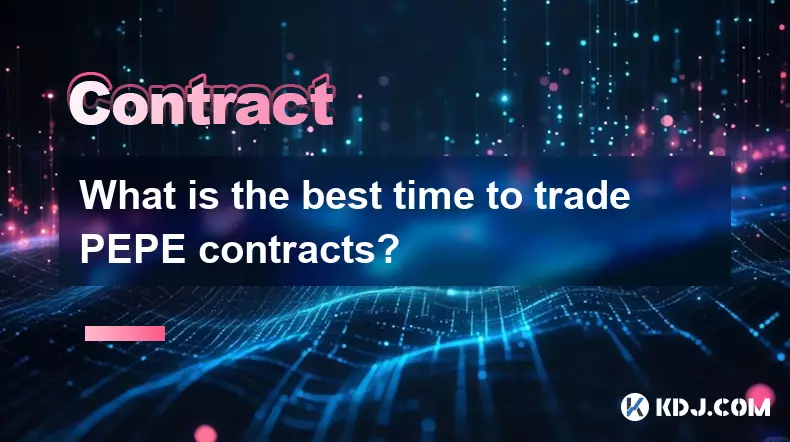
What is the best time to trade PEPE contracts?
Oct 03,2025 at 11:54am
Understanding PEPE Contract Volatility1. PEPE contracts exhibit extreme price fluctuations due to their meme-based nature and low market cap. Trading ...
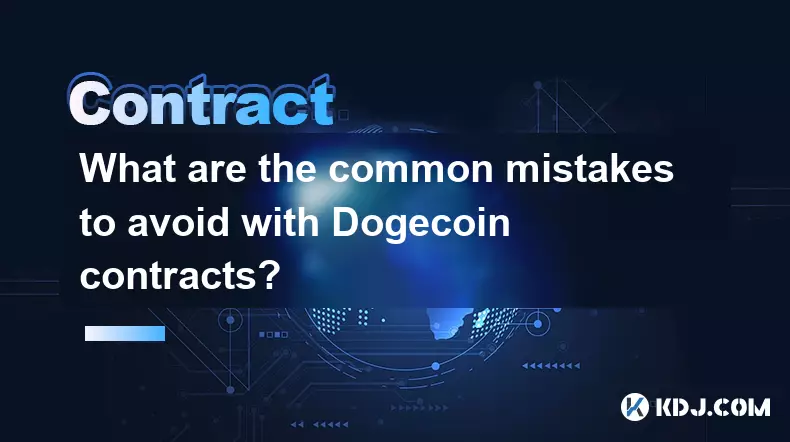
What are the common mistakes to avoid with Bitcoincoin contracts?
Oct 03,2025 at 08:54am
Emerging Trends in the Cryptocurrency Market1. Decentralized finance (DeFi) platforms continue to expand their influence across the blockchain ecosyst...

What is the maintenance margin for Bitcoin contracts?
Oct 02,2025 at 01:36am
Decentralized Exchanges Gain Momentum in 20241. Decentralized exchanges (DEXs) have seen a significant rise in trading volume, surpassing centralized ...
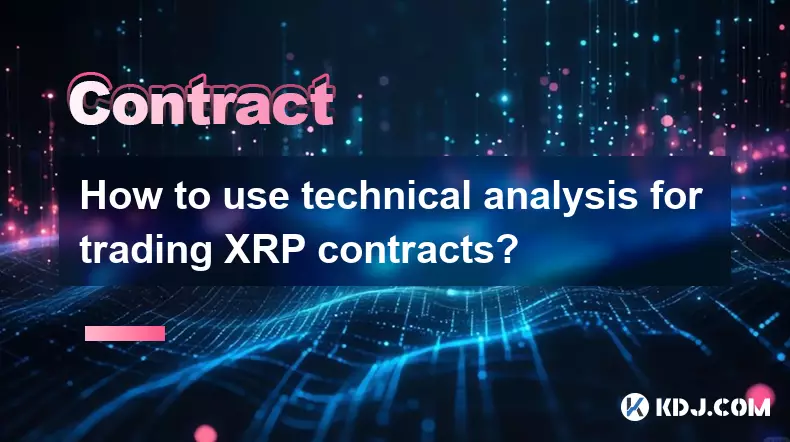
How to use technical analysis for trading XRP contracts?
Oct 03,2025 at 01:18pm
Understanding Price Patterns in XRP Futures1. Identifying chart patterns such as triangles, head and shoulders, and double tops or bottoms can provide...

What does "longing" PEPE contracts mean?
Oct 03,2025 at 11:54pm
Understanding Decentralized Exchanges in the Crypto Ecosystem1. Decentralized exchanges (DEXs) operate without a central authority, allowing users to ...

What is the difference between futures and perpetual contracts for Bitcoin?
Oct 02,2025 at 11:54pm
Understanding Bitcoin Futures Contracts1. Bitcoin futures are derivative instruments that allow traders to speculate on the future price of Bitcoin at...

What is the best time to trade PEPE contracts?
Oct 03,2025 at 11:54am
Understanding PEPE Contract Volatility1. PEPE contracts exhibit extreme price fluctuations due to their meme-based nature and low market cap. Trading ...

What are the common mistakes to avoid with Bitcoincoin contracts?
Oct 03,2025 at 08:54am
Emerging Trends in the Cryptocurrency Market1. Decentralized finance (DeFi) platforms continue to expand their influence across the blockchain ecosyst...

What is the maintenance margin for Bitcoin contracts?
Oct 02,2025 at 01:36am
Decentralized Exchanges Gain Momentum in 20241. Decentralized exchanges (DEXs) have seen a significant rise in trading volume, surpassing centralized ...

How to use technical analysis for trading XRP contracts?
Oct 03,2025 at 01:18pm
Understanding Price Patterns in XRP Futures1. Identifying chart patterns such as triangles, head and shoulders, and double tops or bottoms can provide...

What does "longing" PEPE contracts mean?
Oct 03,2025 at 11:54pm
Understanding Decentralized Exchanges in the Crypto Ecosystem1. Decentralized exchanges (DEXs) operate without a central authority, allowing users to ...
See all articles










































































